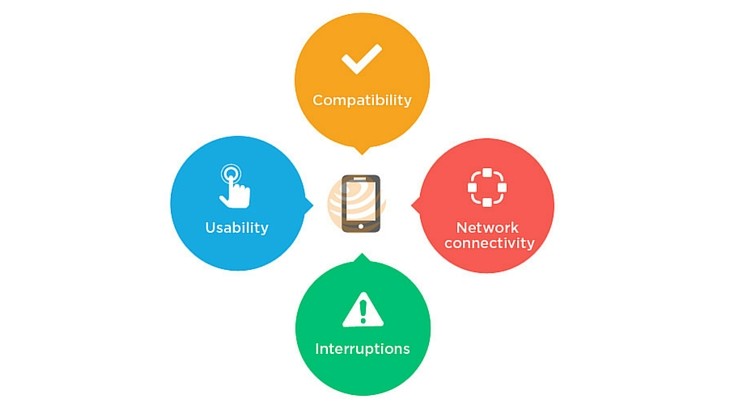By the year 2017, users will have downloaded more than 250 billion mobile applications. There are already more than 1.9 millions apps available on Google Play Store and Apple App Store boast more than 1.4 million applications. In a recent study, more than 50 percent of mobile app users confirmed that they experienced some glitches while using their app. According to a study by Localytics, the app abandonment rate after only using it just once is more than 20% for last 4 consecutive years, but the percentage is declining which is a good sign.
What do these numbers suggest?
The number of alternatives that a smartphone user have is more than ever. There are mobile apps for almost every need imaginable and in every category possible. Looking at the future of apps, as more and more people and companies are embracing them for their productivity, we can safely assume that the focus on quality will be of prime importance.
It is not enough to push a “cool” or fun-to-use and innovative app. Users are likely to reject any app, no matter how alluring the features or benefits are, if there are issues in basic functionality. And if we talk about more guarded app stores, like that of Apple, your app may not even pass the moderation phase if it crashes or has bugs.
Generally, more than half of the poor reviews (less than 3 star rating) cite buggy experience or crashes for the substandard experience.
Testing is as Important as Coding
With the rise of sole mobile app developers working in their silos, the concept of app testing has taken a backseat. Naturally, a lack of dedicated team is one of the reasons, but it is not uncommon to discover an obvious bug in some decently popular applications.
Developers sometimes assume that they are testing the app for every single circumstance, but the number of ways an app can go wrong are many.
Getting to The Basics of Testing
Ideally, the conditions of app testing must be similar to what users are likely to use. It can be vaguely termed as functional testing.
Functionality tests should include the search functionality and checks for submission forms.
Additionally, application testers should also examine media components such as video and audio playback, the compatibility of scripts and libraries, and any manipulations or calculations that the app is supposed to carry out.
Smartphone users are hard to please now-a-days. A functional app is just the bare-minimum. Make sure that your application is O.K. tested with strict quality checks.














